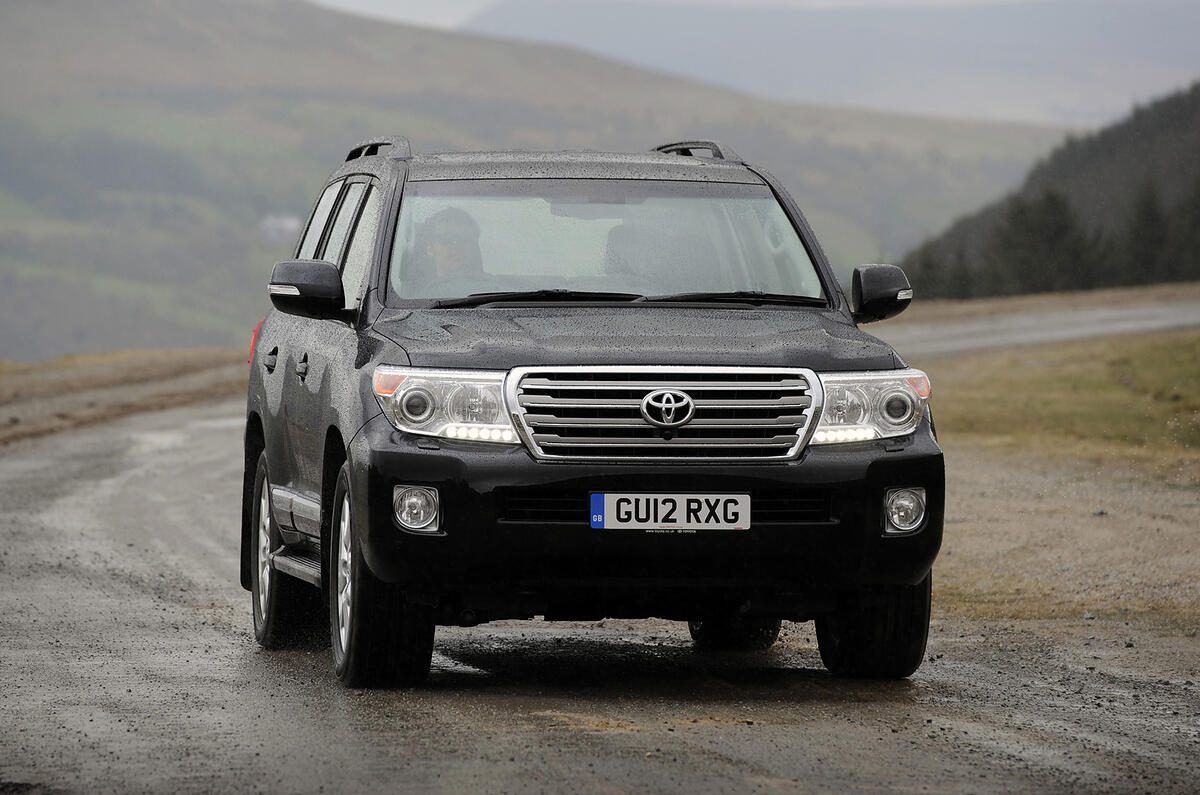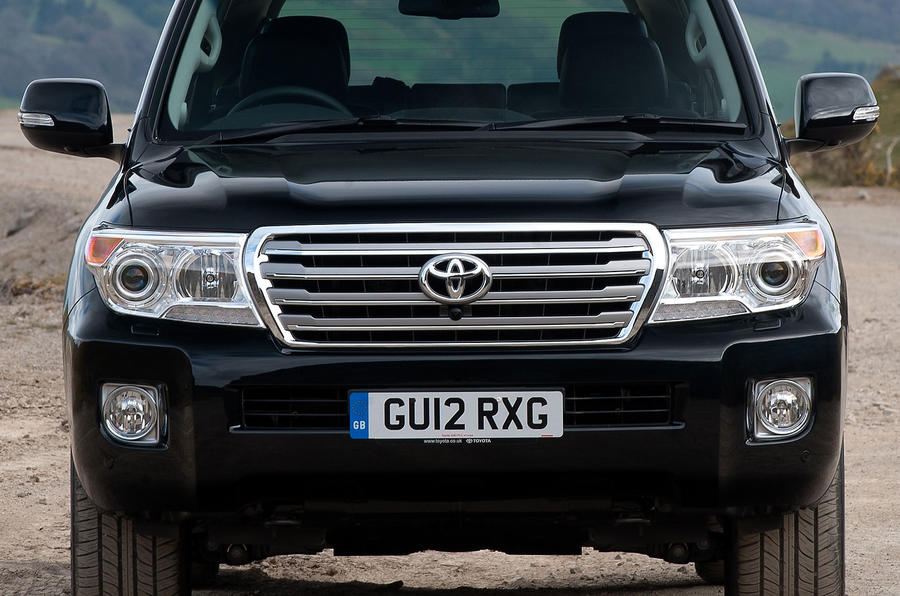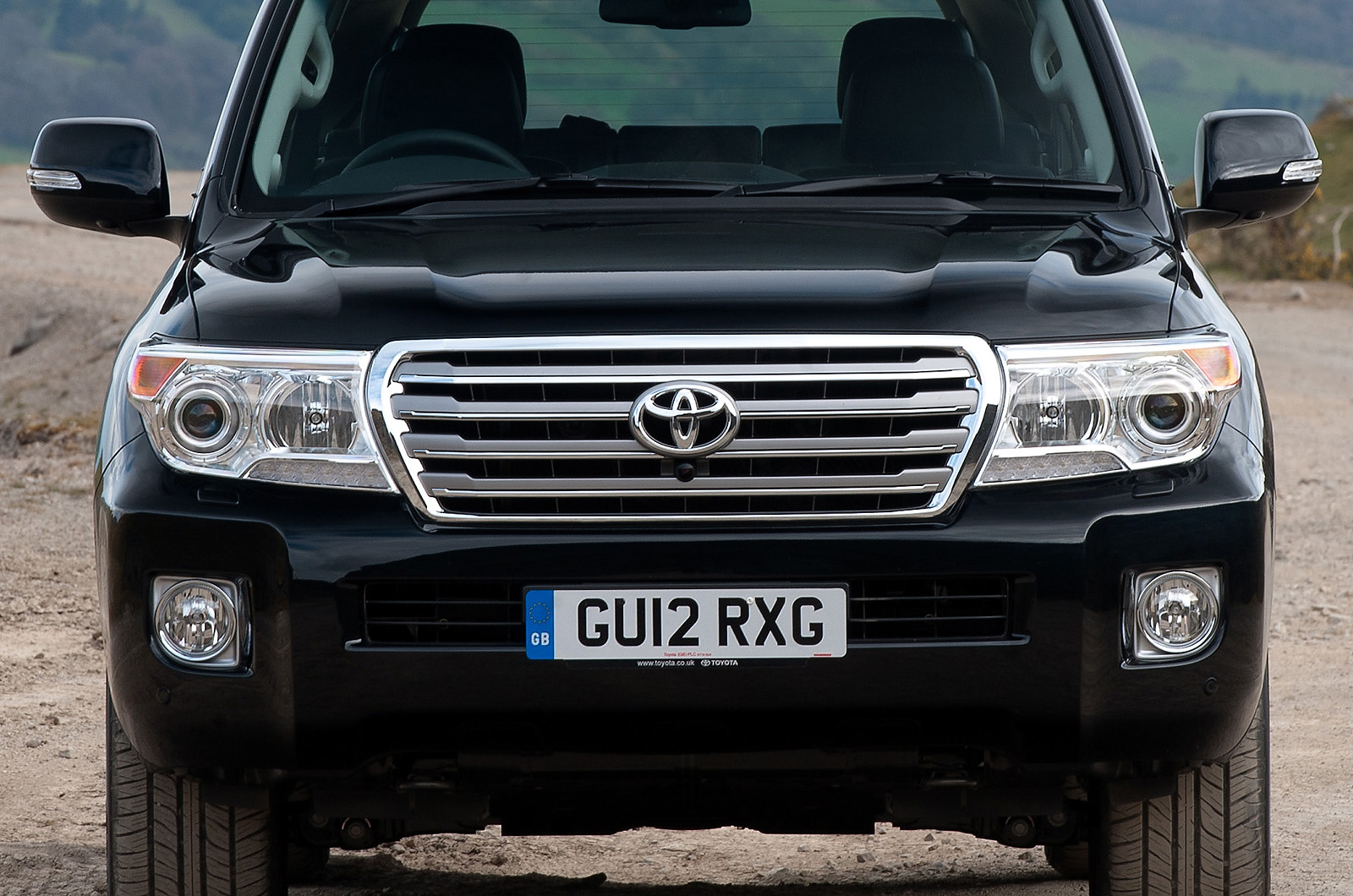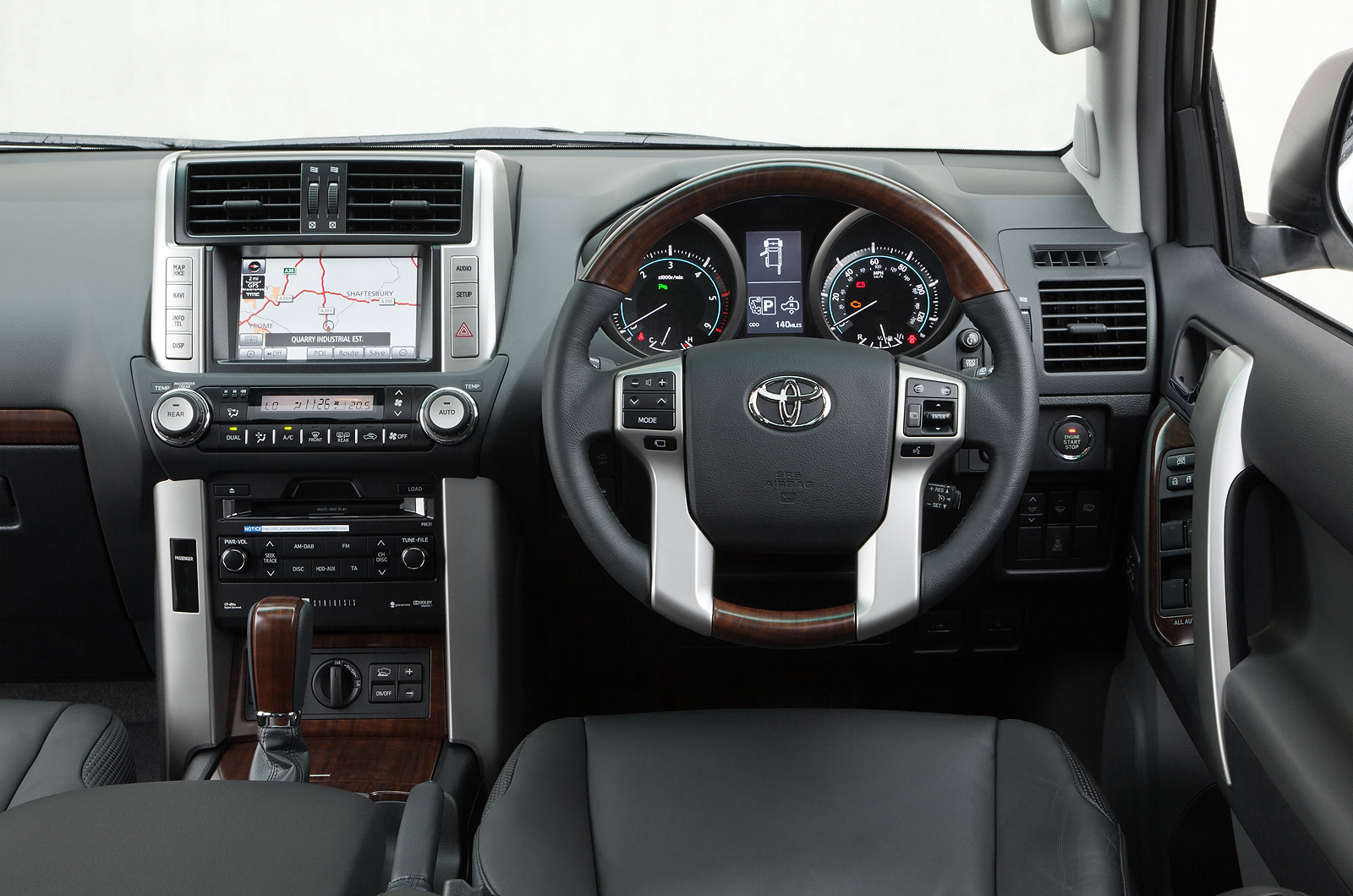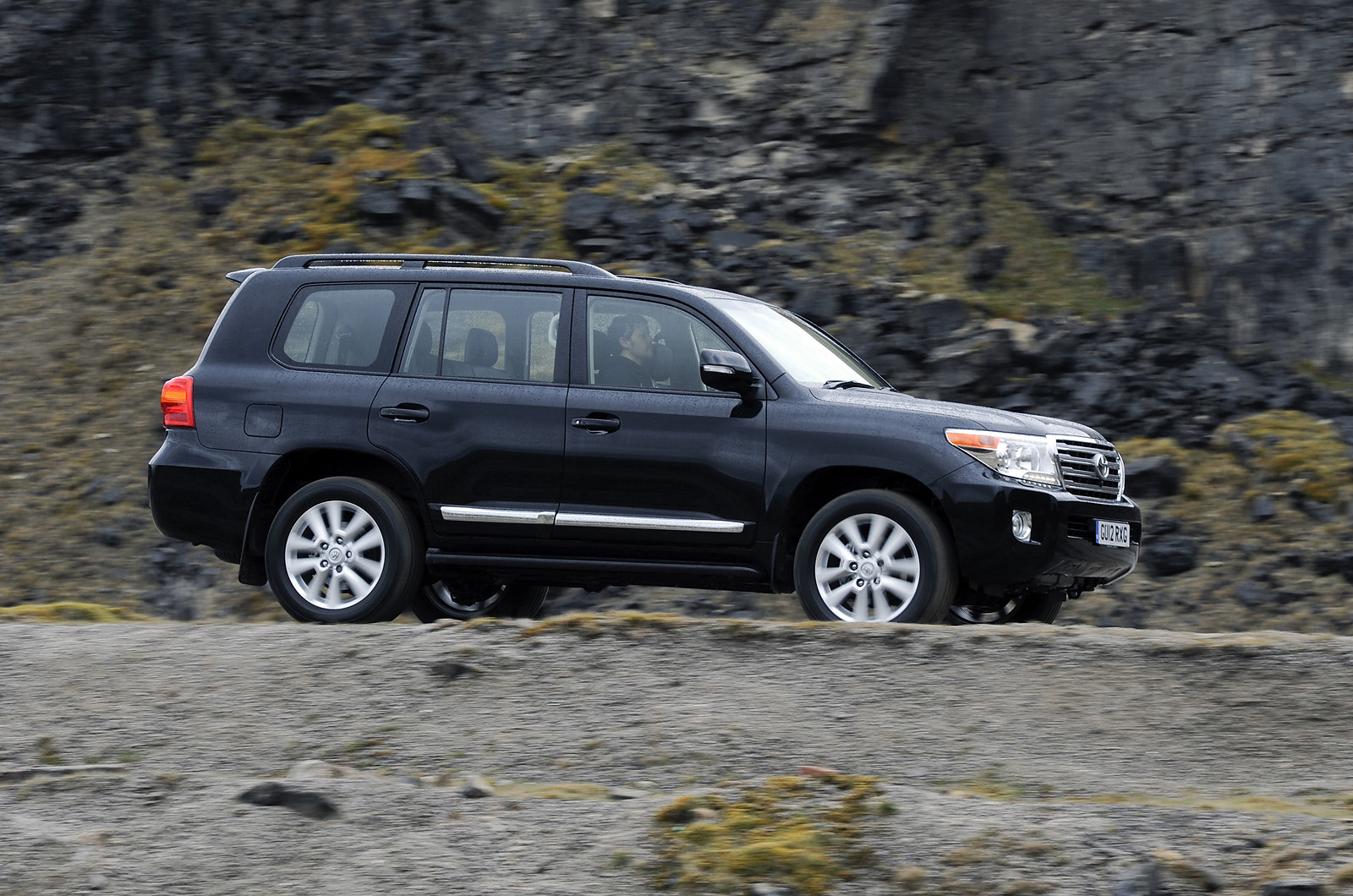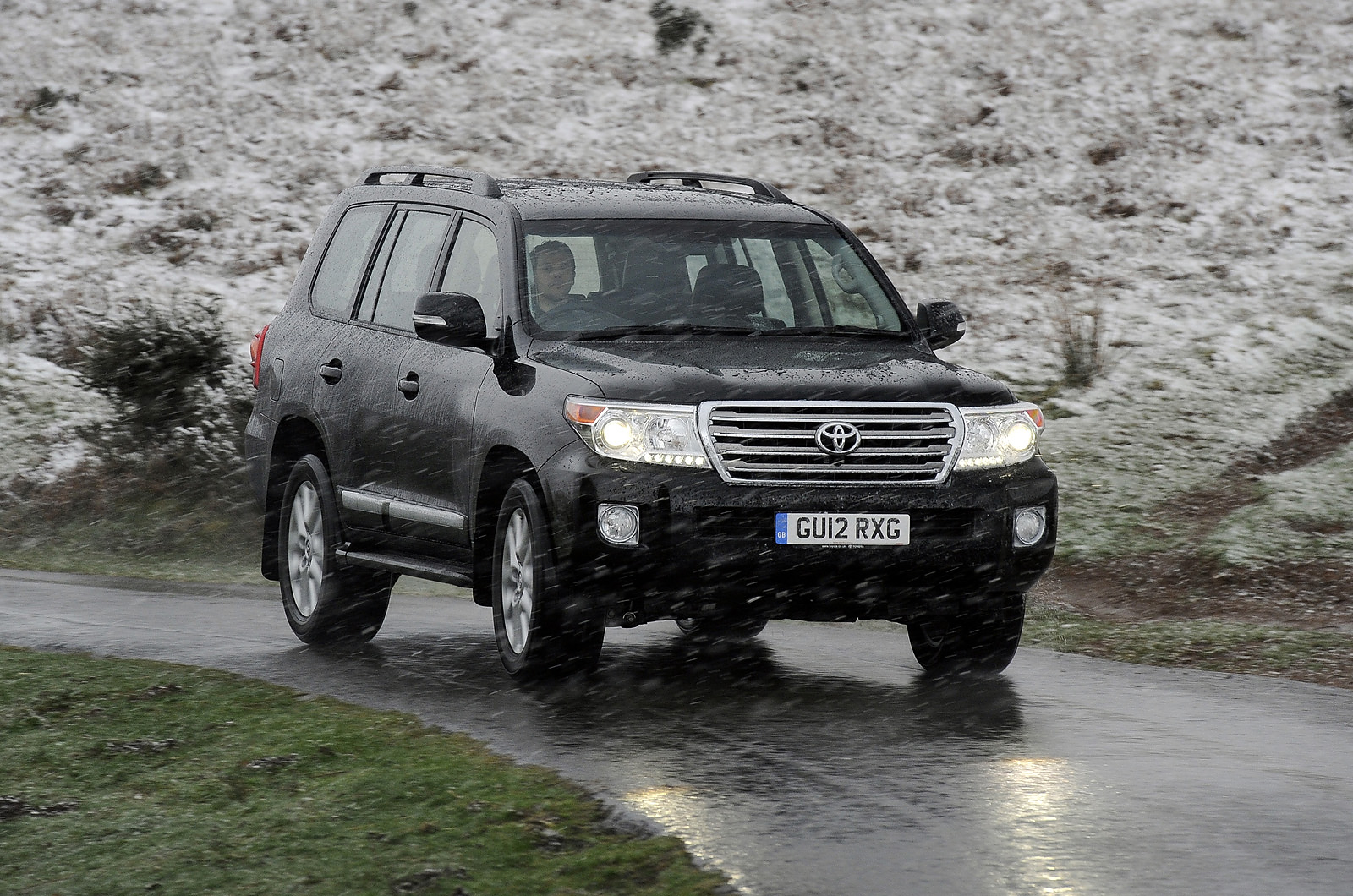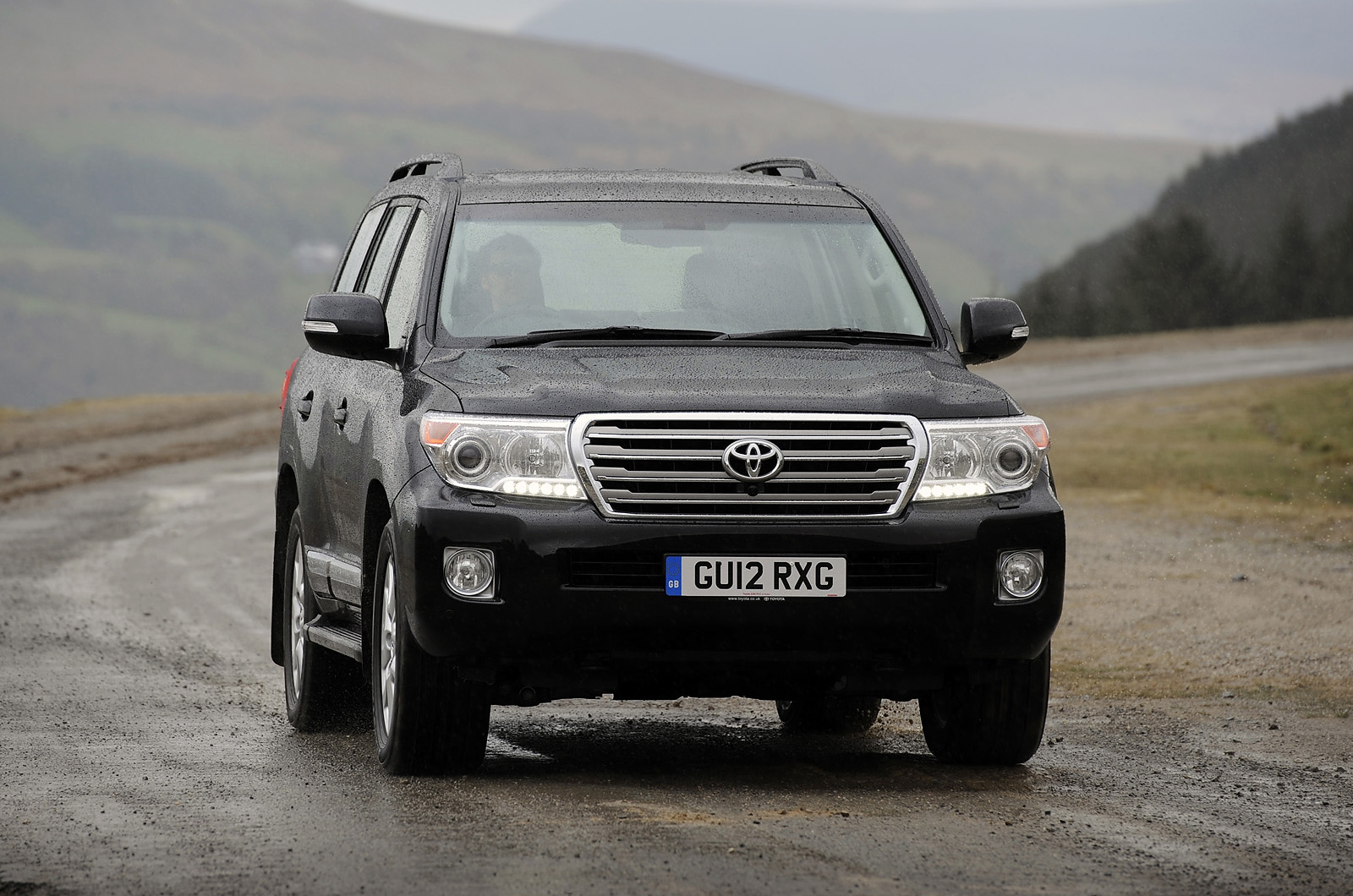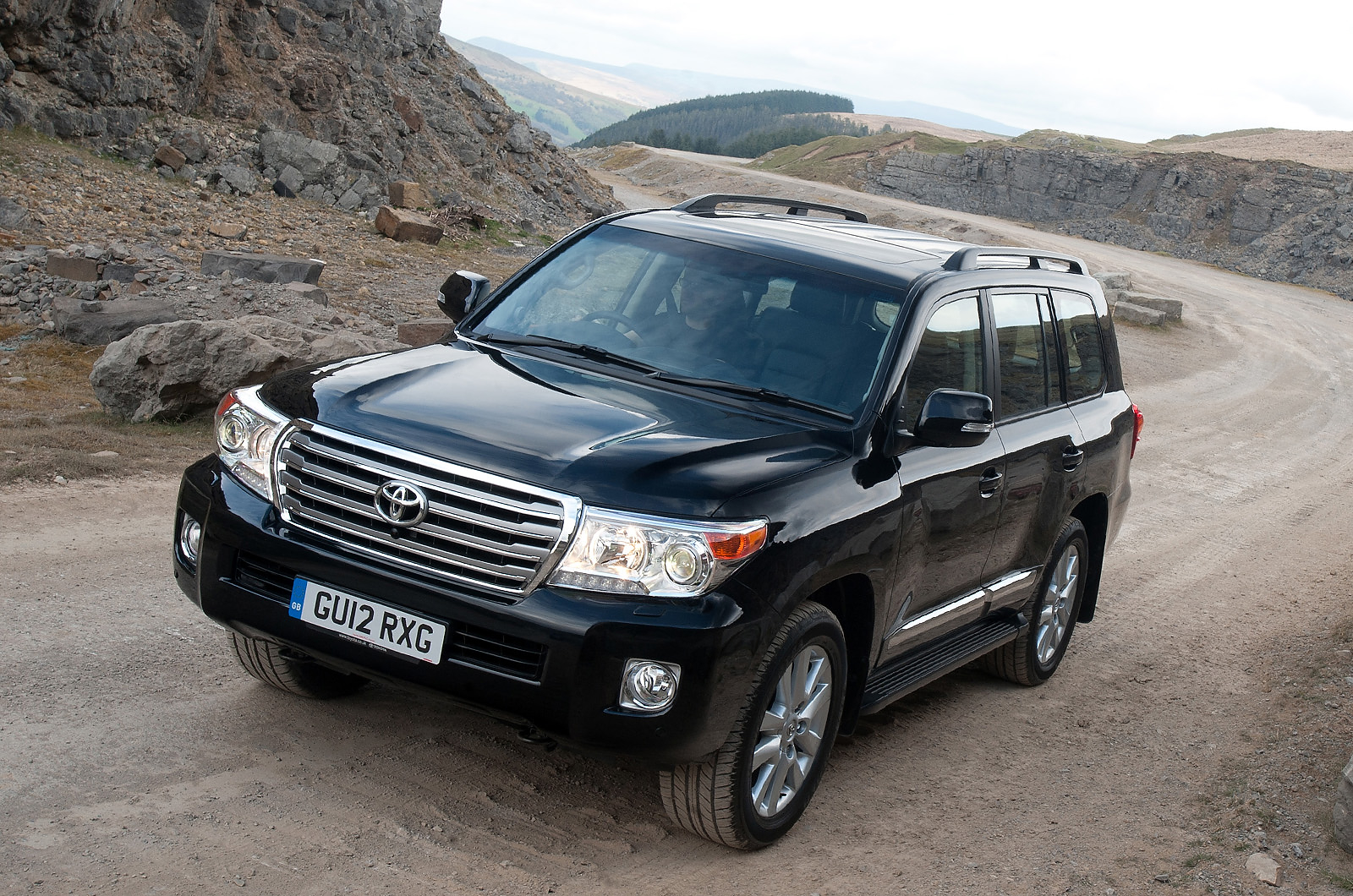The first Toyota Land Cruiser was a rebadged Jeep clone. The name was first used in 1954, but a five-door station wagon was a far more recent addition to the corporate line-up. The modern V8's first spiritual successor was the 60 series, which was introduced in 1980 and became one of the first SUVs. By the time it was replaced in 1990, it had taken Toyota to a position of global dominance that it still enjoys in the segment today.
As the 4x4 market has moved increasingly towards road-biased ‘soft-roaders’, it’s easy to forget the continuing demand for vehicles capable of actually venturing into the wilderness and delivering on the promises implicit in the tough styling. As such, the new, eighth-generation Land Cruiser is undoubtedly the genuine article.
It’s bigger and more luxurious than the old Land Cruiser Amazon, but, like its predecessors, it’s been engineered to take on the toughest terrain in the world. A combination of virtues that means its closest rival is the hugely successful Range Rover.
The previous Amazon tag has been dropped, with this model distinguished from its smaller siblings by a V8 suffix, referring to the mighty new 4.5-litre twin-turbodiesel that now powers it.
Toyota is forecasting just 700 sales a year in the UK, and there are no plans to bring the petrol V8 here – a tacit acknowledgement of the fact that Brits seeking a top-spec SUV put mud-plugging way down the list of priorities.


